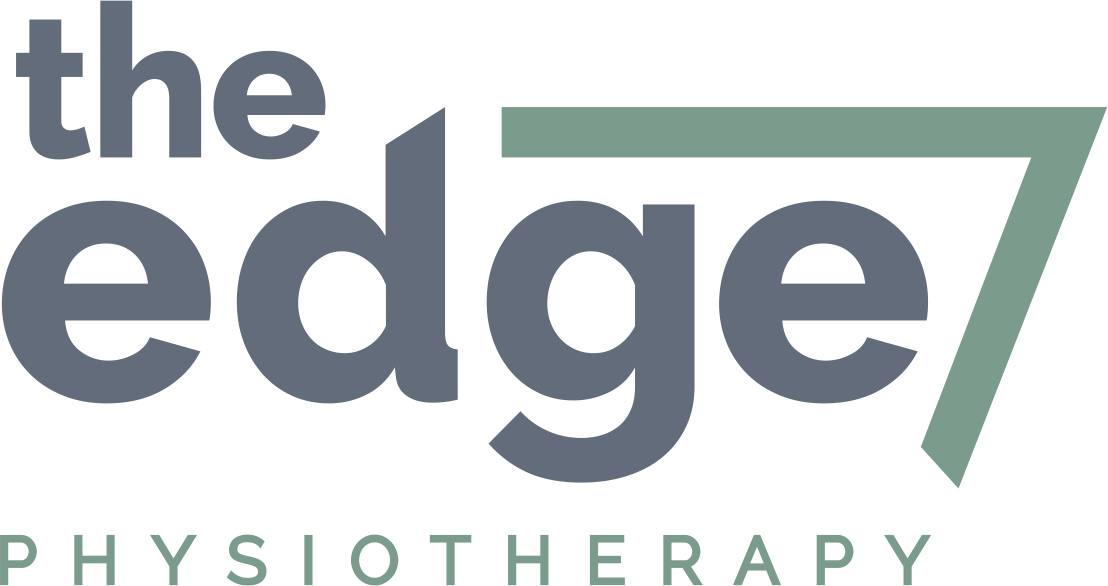Rest as medicine
Plunge pools are an ideal method to use for short-term recovery
A physiotherapist is skilled at helping you to negotiate the many aspects of your injury rehabilitation. We consider not only the physical aspects of your condition but we also consider your mental and emotional well being. As a physiotherapist it is my job to help patients continue to live the lives they wish to live. My hope is that my patients will continue to do the things they enjoy whether that be a walk around the block or full-time athletic training, despite injury. You may have heard of the phrase “self-limiting condition” commonly used by doctors and physios for chronic conditions or childhood conditions such as Severs Disease. What it means is, your condition will likely get better in time without you doing much apart from avoiding the thing that is irritating it. So in short, stop having fun right? Who wants to take that sort of advice without an explanation? I certainly wouldn’t and nor should you.
So I’m going to explain to you why there is more to rest than you think and how a little bit of R&R can go a long way when it comes to injury recovery. If you’re serious about your health and the sport/activity you enjoy then you will consider incorporating rest periods into your training for these reasons.
How a body recovers when resting
Have you ever wondered why you should allow a day in-between resistance training days? to heal of course, but what do we mean? Muscle loading is a process of tissue damage and repair, to build muscle we must at a microscopic level tear muscle fibres and when they heal, the cross sectional area of muscle increases. Your body needs rest time to adapt and benefit from training. In addition, sleep and nutrition play an enormous part in recovery as time spent sleeping is when our body is doing the most in terms of recovery in addition to healing and memory consolidation, while nutrition provides the body with the fuel to do this.
Performance can be enhanced upon return from a period of rest
This phenomena is know as supercompensation whereby the body adapts to recent training. You may have noticed this yourself, after for example having a week of not doing that daily run, that first session back you don’t seem to get quite as tired. Your body has anticipated this training session and has adapted to a higher fitness level. You may also have noticed moments in time where you have plateaued with your training without rest periods. Implementing rest periods will enable you to overcome these plateaus.
Short-term and long term recovery activities
Apart from implementing rest periods to utilise the benefits of supercompensation, other adjuncts to activity can include manual treatments with your physiotherapists, hot and cold therapy can also be quite helpful along with hydrotherapy (a non-weight bearing, soothing activity) along with adequate sleep, ample hydration and beneficial nutrition.
Are there any downsides to resting?
In short not really, for all the above reasons I have mentioned, the only downside to a rest period can be the mental struggle to not exercise and missing those ‘feel-good’ sensations from exercising. In addition, muscle atrophy with start to occur after two weeks of no loading, having said that, this is a slow process and the benefits of rest far outweigh any loss in muscle. Lastly, some may argue that resting for too long will increase the likelihood of injury upon return to activity. This risk can be minimised by a sensible and safe return to activity approach with gradual increases in frequency and load.
So there you have it, all the benefits of rest from activity laid out for your consideration. Keep in mind that the content of this blog is not just my opinion as a therapist, rather it is based on solid research in study and practice in the field of sports science (let me know if you’re keen to do some more reading on this).
I’ll be having a sit down with that cup of tea this afternoon knowing that I am doing myself some good.
Sam and Andy

